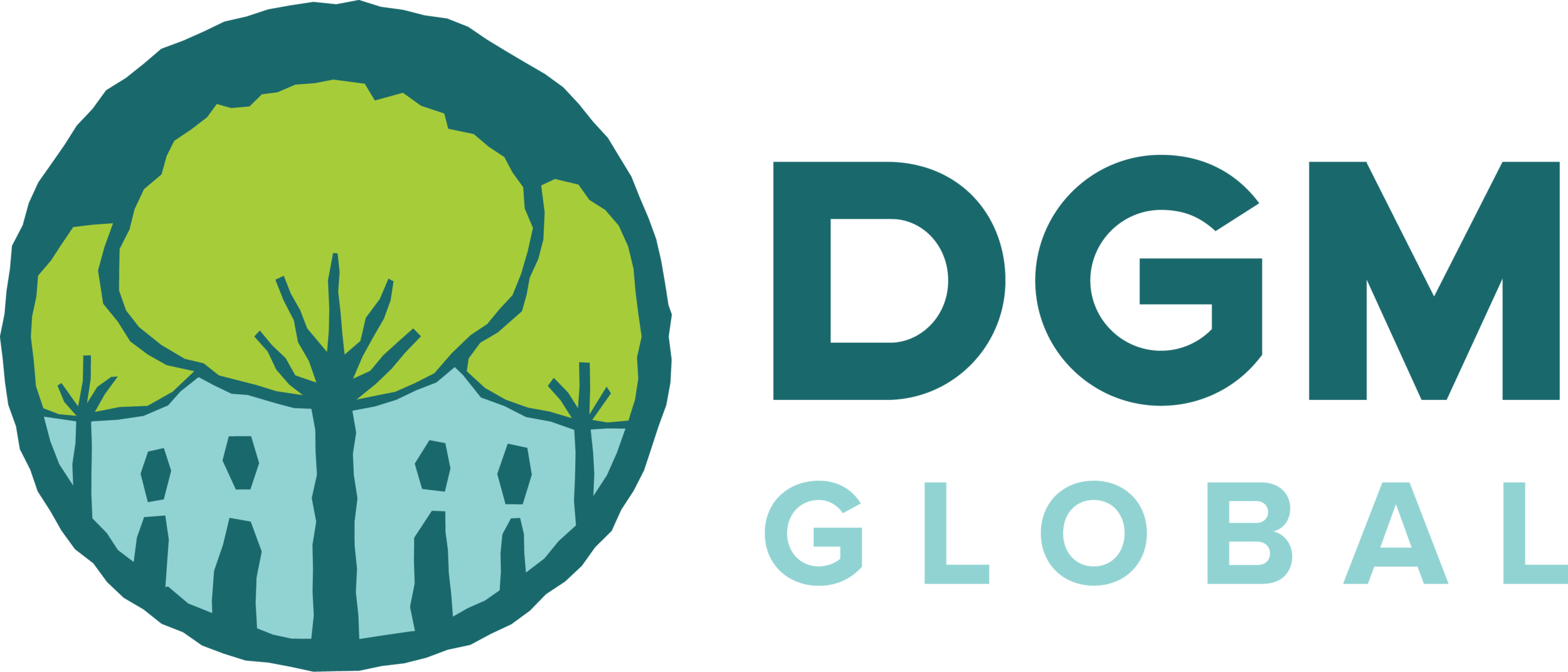Présentation générale | Brésil | Burkina Faso | Côte d'Ivoire | RDC | Équateur | Ghana | Guatemala | Indonésie | Mexique | Mozambique | Népal | Pérou | Rep. du Congo
Pérou
Mécanisme spécial de dons Saweto en faveur des peuples autochtones et des populations locales
Document de projet
Financement : 5,5 millions USD
Approbation du Programme d’investissement forestier : Mai 2015
Approbation de la Banque mondiale : Septembre 2015
Mise en œuvre : Octobre 2015 – Septembre 2020
Comité de pilotage national : Liste
Agence d’exécution nationale : WWF Pérou
Site web | Fonds d’investissements climatiques | Banque mondiale
Facebook | Twitter | YouTube
Objectif : Aider les peuples autochtones dans un certain nombre de communautés de l'Amazonie péruvienne dans leurs efforts d'amélioration de leurs pratiques de gestion durable des forêts.
Organisations communautaires
Le DGM Pérou collabore avec les communautés autochtones du pays par le biais de partenariats avec des organisations nationales et régionales, chacune représentant plusieurs communautés. Au niveau national, l'AIDESEP et la CONAP composent à parts égales le Comité de pilotage national du projet, chacune représentant neuf organisations régionales qui peuvent mettre en œuvre des sous-projets du DGM.
Reconnaissance et attribution de titres de propriété
L'un des principaux objectifs du DGM Pérou est de renforcer les droits et la sécurité foncière des communautés autochtones. En renforçant leurs droits sur leurs terres, les communautés peuvent contribuer à protéger leurs terres et leurs forêts contre les empiètements illégaux. Le projet a pour objectif d'aider 310 communautés autochtones à obtenir une reconnaissance juridique et 130 communautés à se voir attribuer des titres de propriété.
Gestion des ressources naturelles
Le DGM Pérou finance également des sous-projets communautaires à petite échelle qui contribuent à la gestion durable des forêts et améliorent la sécurité alimentaire et la génération de revenus. Ces sous-projets portent sur l’agroforesterie, la sécurité alimentaire et la gestion des produits forestiers non ligneux. Le DGM Pérou a réservé 500 000 USD pour des sous-projets proposés ou dirigés par des femmes.


















Tropical forests hold the potential to provide one-third of the near-term solution to mitigate climate change. Growing evidence demonstrates that when the rights of Indigenous Peoples to their land and natural resources are respected, deforestation rates are lower than in areas managed by the government.